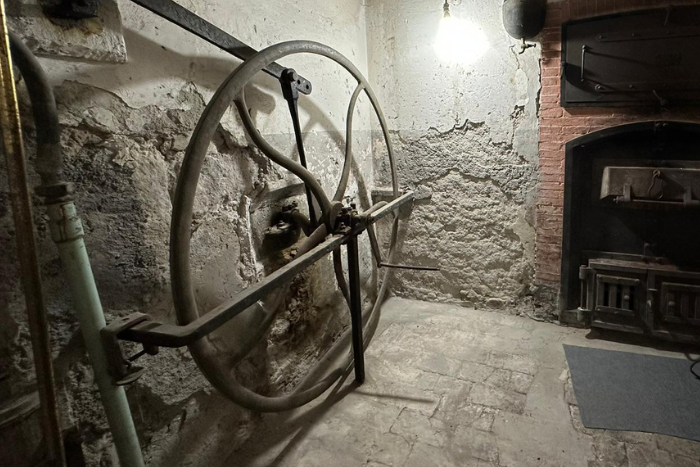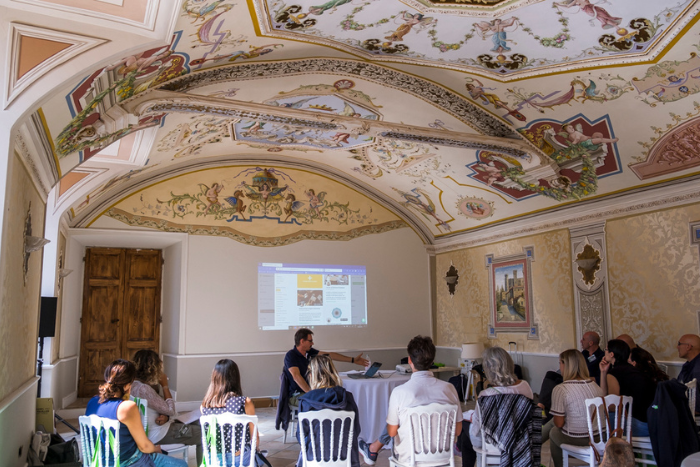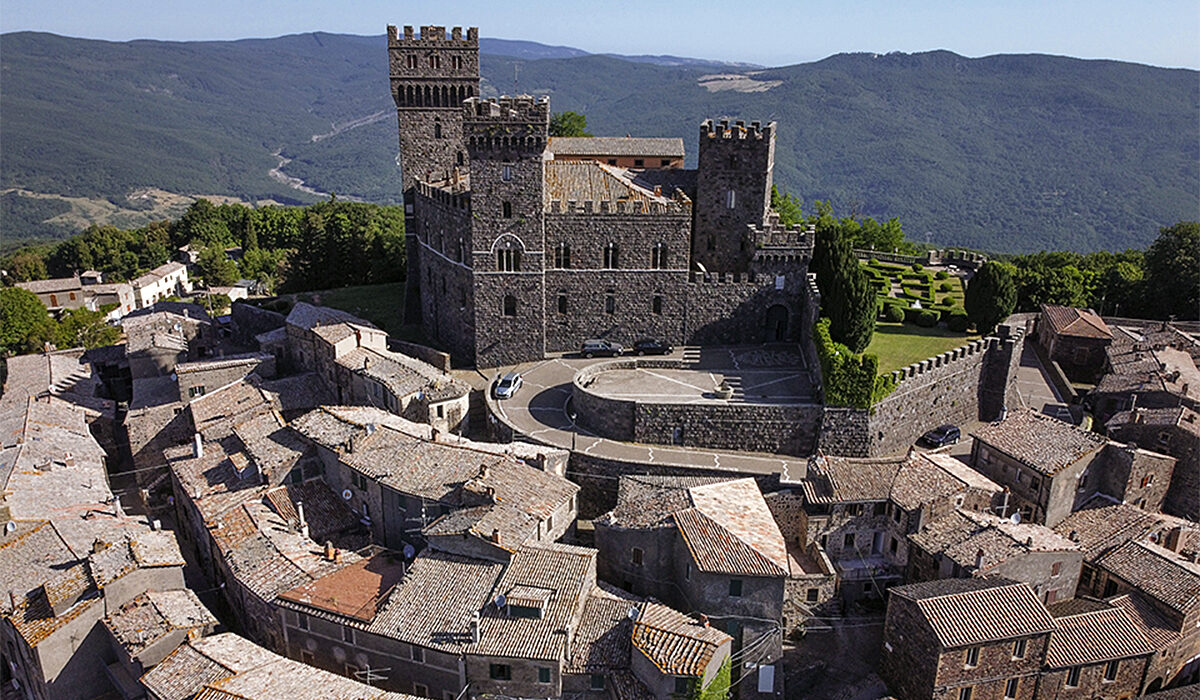The Mysterious Object: The Wheel of Torre Alfina Castle
In a hidden room of the castle is an enigmatic vertically mounted iron wheel. What is it and what was the wheel of Torre Alfina Castle used for?
Objects used in past eras often appear mysterious and intriguing to our contemporary eyes. Beneath the appearance of simple artefacts are often hidden ingenious and innovative solutions that have marked the history and daily lives of people. One of these fascinating objects is the large Iron wheel of the Torre Alfina Castleobject that played a key role in the distribution of water in the rooms of theancient dwelling.
Table of contents:
- Access to water in medieval dwellings
- Bathing culture during the Renaissance
- Historical testimony of human ingenuity
Water in Medieval Dwellings
In general, medieval castles and noble residences were equipped with wells, cisterns and decorative tanks, often located in inner courtyards or gardens. These structures served as domestic water access points. But in the Middle Ages, the need for water was limited almost exclusively to cooking. There were no plumbing or sewage systems. Toilets, when present, were either open seats directly on the moat or on holding tanks. Personal hygiene was an unknown concept. Only gentlemen indulged in the occasional bath in a basin and there were no real bathing rooms. The water distribution was therefore entrusted to servants who filled buckets or other containers and carried them to the kitchen or to the stately rooms to satisfy daily needs.
Renaissance and Bath Culture
It was not until the Renaissance period that a new functional bathroom concept. The increased care devoted to personal hygiene, the drive towards refinement and comfort for the environment dedicated to body practices, led to the need to create a mechanised water distribution system and more efficient.
So we come to the unravelling of our mystery. The large iron wheel of the Torre Alfina Castle is a flywheel, a heavy disc connected to a hand pump which allowed water to be drawn from the cistern located in the castle courtyard. By operating the large wheel, the water rose to fill other cisterns strategically placed on the towers. From here, using gravitational force, water flowed through an intricate system of pipes to reach all the rooms in the castle.
Testimony of Human Ingenuity
The flywheel of the Torre Alfina Castle remained in operation until 1960when the manual pump was replaced by an electric one. Despite this the distribution system remained unchanged and water continues to supply the castle rooms by cascading down from the castle towers. Today it represents a historical testimony to the power of human ingenuity of transforming an everyday object into a fundamental instrument of innovation. The preservation of objects no longer in use represents a tangible testimony of our historical and technological evolution. Keeping the memory of these objects alive, we preserve the link with our past. These objects are not mere relics, but bridges connecting the past to the future, offering valuable perspectives on our ever-evolving journey.



